1791–1820 George III Founded 1791 Date dissolved 1841 | Religion Roman Catholicism Area 534,185 km² | |
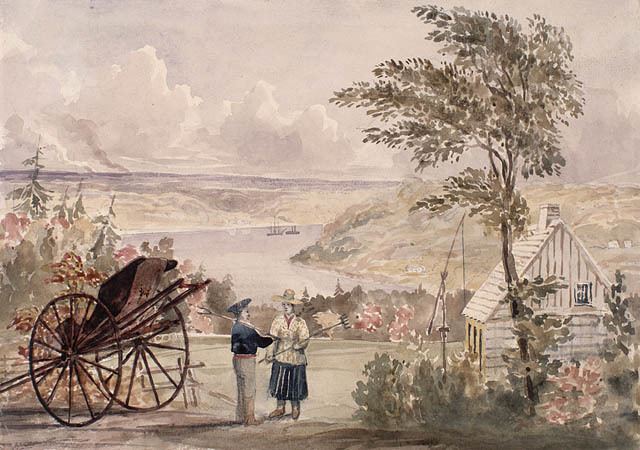 | ||
Government Constitutional monarchy Legislature Parliament of Lower Canada | ||
Union of upper and lower canada esl
The Province of Lower Canada (French: province du Bas-Canada) was a British colony on the lower Saint Lawrence River and the shores of the Gulf of Saint Lawrence (1791–1841). It covered the southern portion of the modern-day Province of Quebec, Canada, and the Labrador region of the modern-day Province of Newfoundland and Labrador (until the Labrador region was transferred to Newfoundland in 1809).
Contents
- Union of upper and lower canada esl
- Lower canada rebellion
- Rebellion
- Constitution
- Transportation
- References

Lower Canada consisted of part of the former colony of Canada of New France, populated mainly by Canadiens, which was ceded to Great Britain after that Empire's victory in the Seven Years' War, also called the French and Indian War in the United States. Other parts of New France ceded to Britain became the Colonies of Nova Scotia, New Brunswick, and Prince Edward Island.
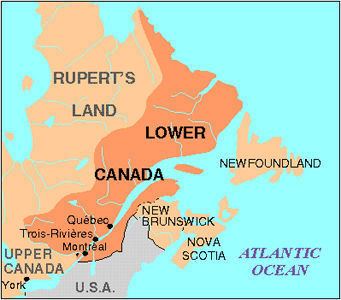
The Province of Lower Canada was created by the "Constitutional Act of 1791" from the partition of the British colony of the Province of Quebec (1763–91) into the Province of Lower Canada and the Province of Upper Canada. The prefix "lower" in its name refers to its geographic position farther downriver from the headwaters of the St. Lawrence River than its contemporary Upper Canada, present-day southern Ontario.
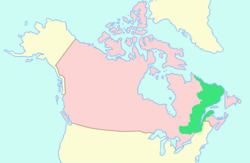
The colony/province was abolished in 1841, when it and the adjacent Upper Canada were united into the Province of Canada.
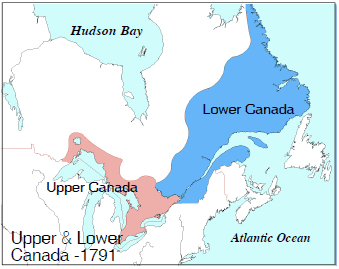
Lower canada rebellion
Rebellion
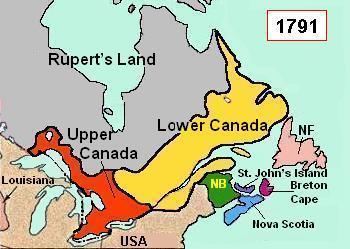
Like Upper Canada, there was significant political unrest. Twenty-two years after the invasion by the Americans in the War of 1812, a rebellion now challenged the British rule of the predominantly French population. After the Patriote Rebellion in the Rebellions of 1837–38 were crushed by the British Army and Loyal volunteers, the "1791 Constitution" was suspended on 27 March 1838 and a special council was appointed to administer the colony. An abortive attempt by revolutionary Robert Nelson to declare a Republic of Lower Canada was quickly thwarted.
The provinces of Lower Canada and Upper Canada were combined as the United Province of Canada in 1841, when The Union Act of 1840 came into force. Their separate legislatures were combined into a single parliament with equal representation for both constituent parts, even though Lower Canada had a greater population.
Constitution
The Province of Lower Canada inherited the mixed set of French and English institutions that existed in the Province of Quebec during the 1763–91 period and which continued to exist later in Canada-East (1841–67) and ultimately in the current Province of Quebec (since 1867).
Transportation
Traveling around Lower Canada was made mainly by water along the St. Lawrence River. On land the only main route was the Chemin du Roy or King's Highway, built in the 1730s by New France. The King's Highway remained as an alternate means of travel until the challenge of steamboats (1815) and trains on land (1850s) began to challenge the royal road.
Challenged by boats and trains, the royal road's importance waned after the 1850s and would not re-emerged as key means of transportation until the modern highway system of Quebec was created in the 20th century.
